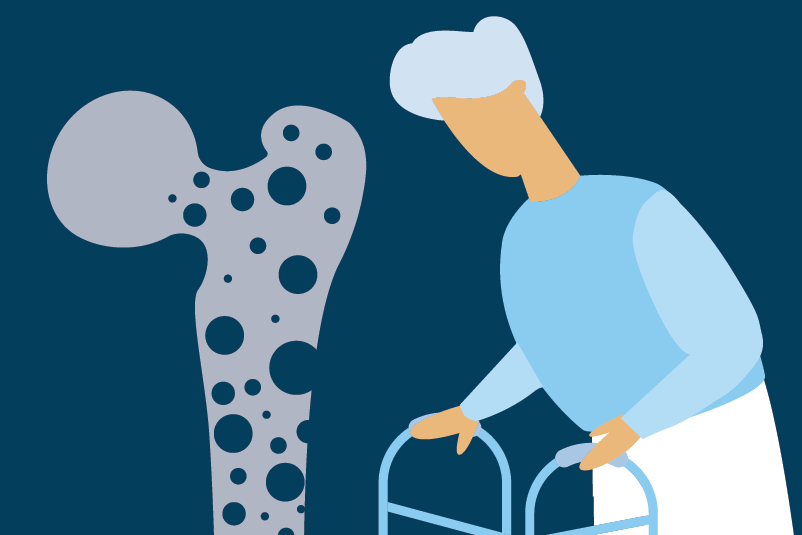#194 Needed for Eye and Brain Development? Omega-3s in infant formula

Reading Tools for Practice Article can earn you MainPro+ Credits
Join NowAlready a CFPCLearn Member? Log in
- Neuro-cognition:
- Five of seven highest quality Systematic Reviews (SR) found no consistent benefit.1-5
- Remaining two SR that found benefit: 6,7
- SR of four Randomized Controlled Trials [RCTs (376 patients)].6 Compared to no omega-3, omega-3 statistically improved:
- Mental and Psychomotor Development Indices, by standard mean differences of 0.27-0.33, which is difficult to interpret clinically (but suggest small).
- Limitations: Inconsistent data reporting, results mainly driven by one industry-funded trial.8
- SR of studies between 2008-2013.7
- Two meta-analyses found no effect on cognition.
- Seven RCTs not included in the meta-analyses provide inconsistent results.
- Limitations: Conclusions not based on the totality of the evidence.
- SR of four Randomized Controlled Trials [RCTs (376 patients)].6 Compared to no omega-3, omega-3 statistically improved:
- Vision:
- Within omega-3 Cochrane SR, eight RCTs examined visual acuity.2
- Four RCTs (495 participants) found no effect.
- Three RCTs (244 participants) pooled found omega-3 better on sweep visual evoked potentials (VEP), equivalent to approximately 1-line on Snellen chart.
- Another RCT (32 participants) found benefit at different time-points with different tests.
- Limitations: High drop-outs (follow-up 70-86% complete), most benefit seen by one research group.
- SR of nine RCTs (1,131 participants):9
- Omega-3 improved acuity using VEP at 2, 4, and 12 months (approximately 1-line better on Snellen chart, inconsistent results), but no difference using other methods.
- Other reviews found similar, inconsistent effects.1,10
- Within omega-3 Cochrane SR, eight RCTs examined visual acuity.2
- Limitations:
- Clinical relevance unknown.
- Multiple outcomes reported likely leading to ‘chance findings’.
- Example: One study found better vision in right eye with omega-3 at four years, but not left eye.10,11
- There is no optimal neurocognitive assessment measure for infants.
- The minimum clinically important differences in the most commonly used neurocognitive scales are unknown.4,8,12
- Formula containing omega-3 costs more than formula without omega-3.






